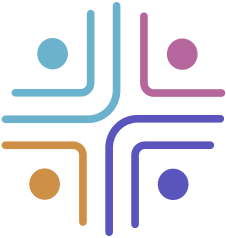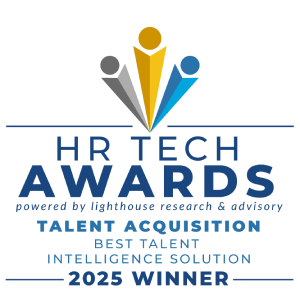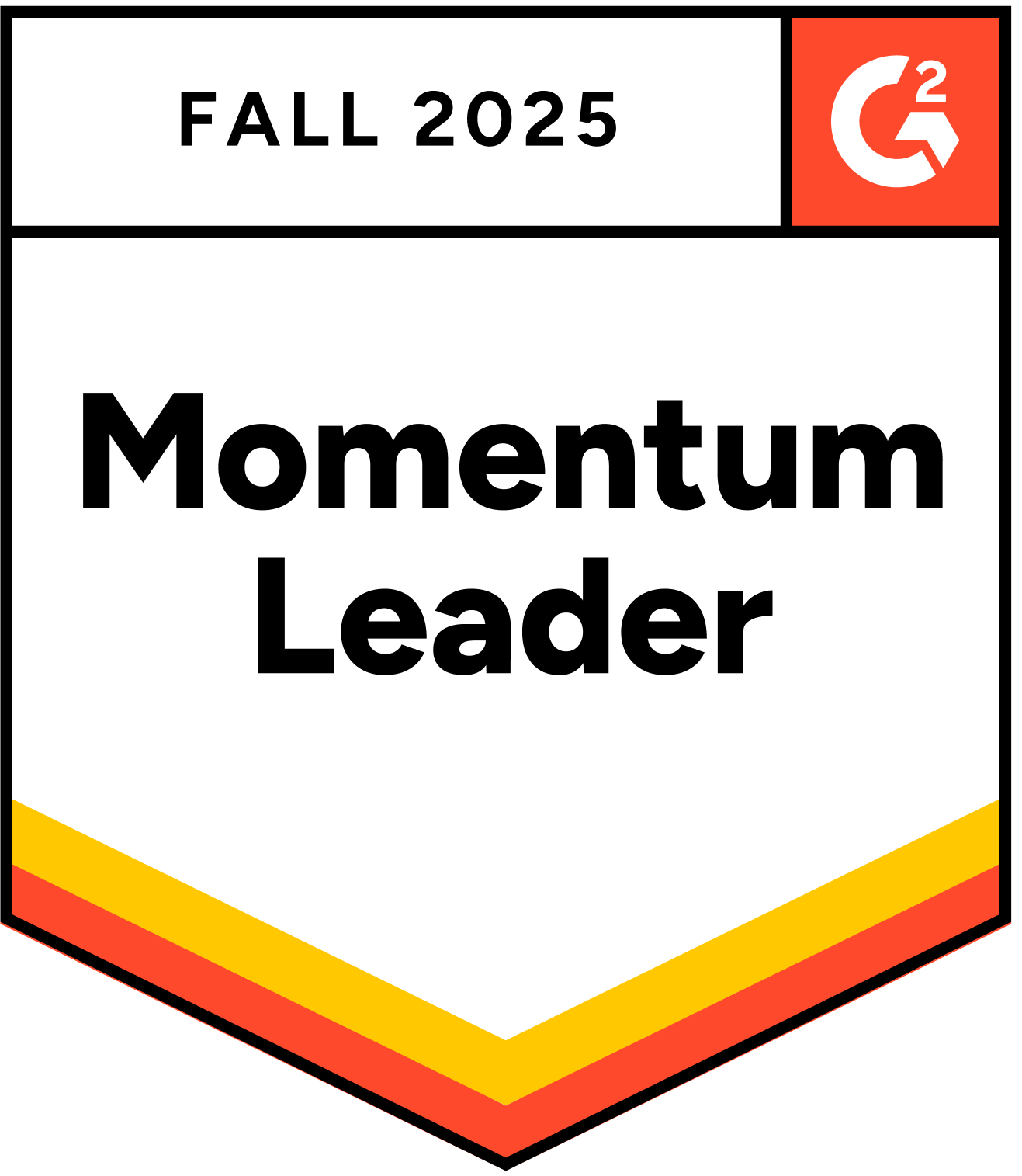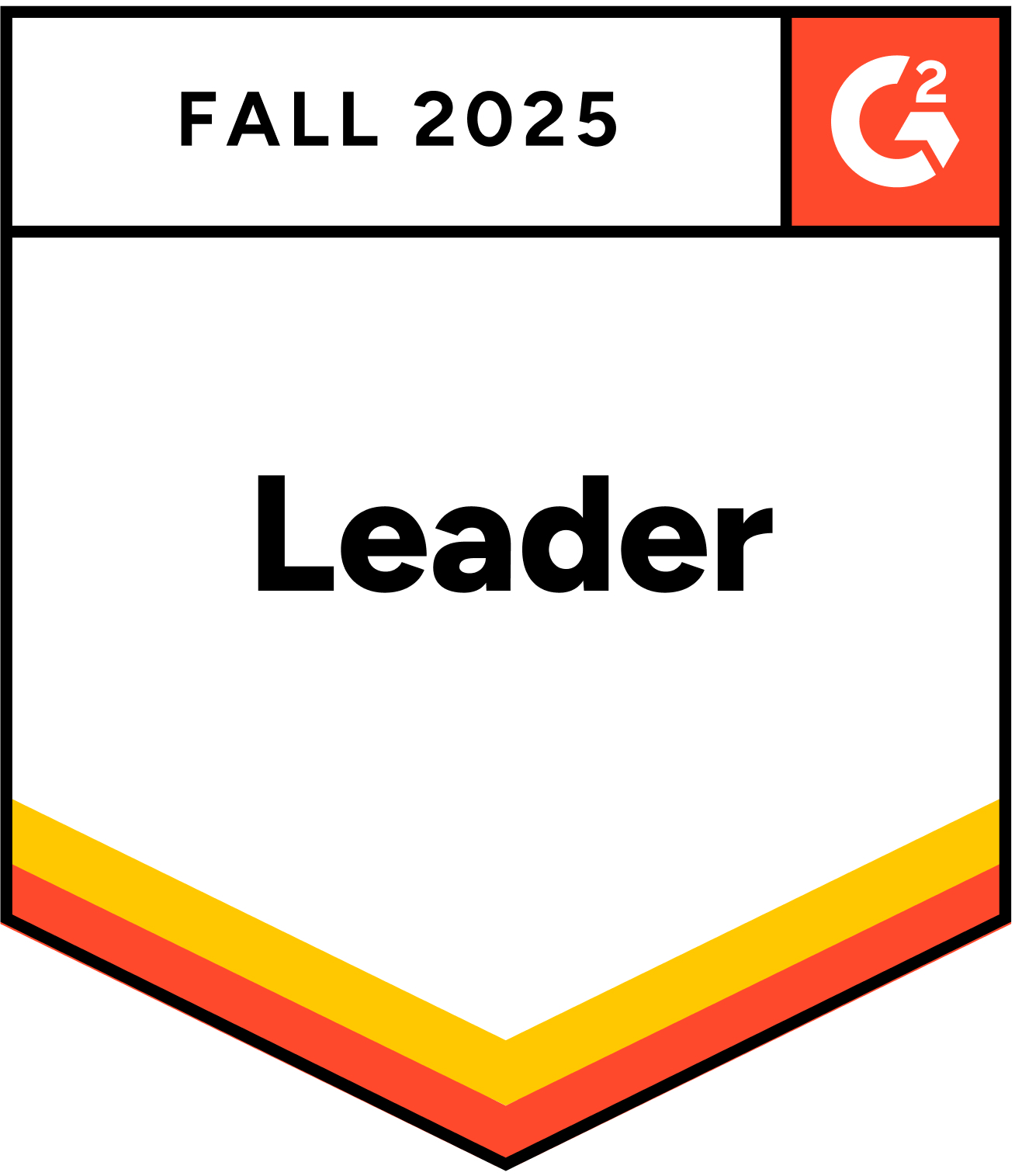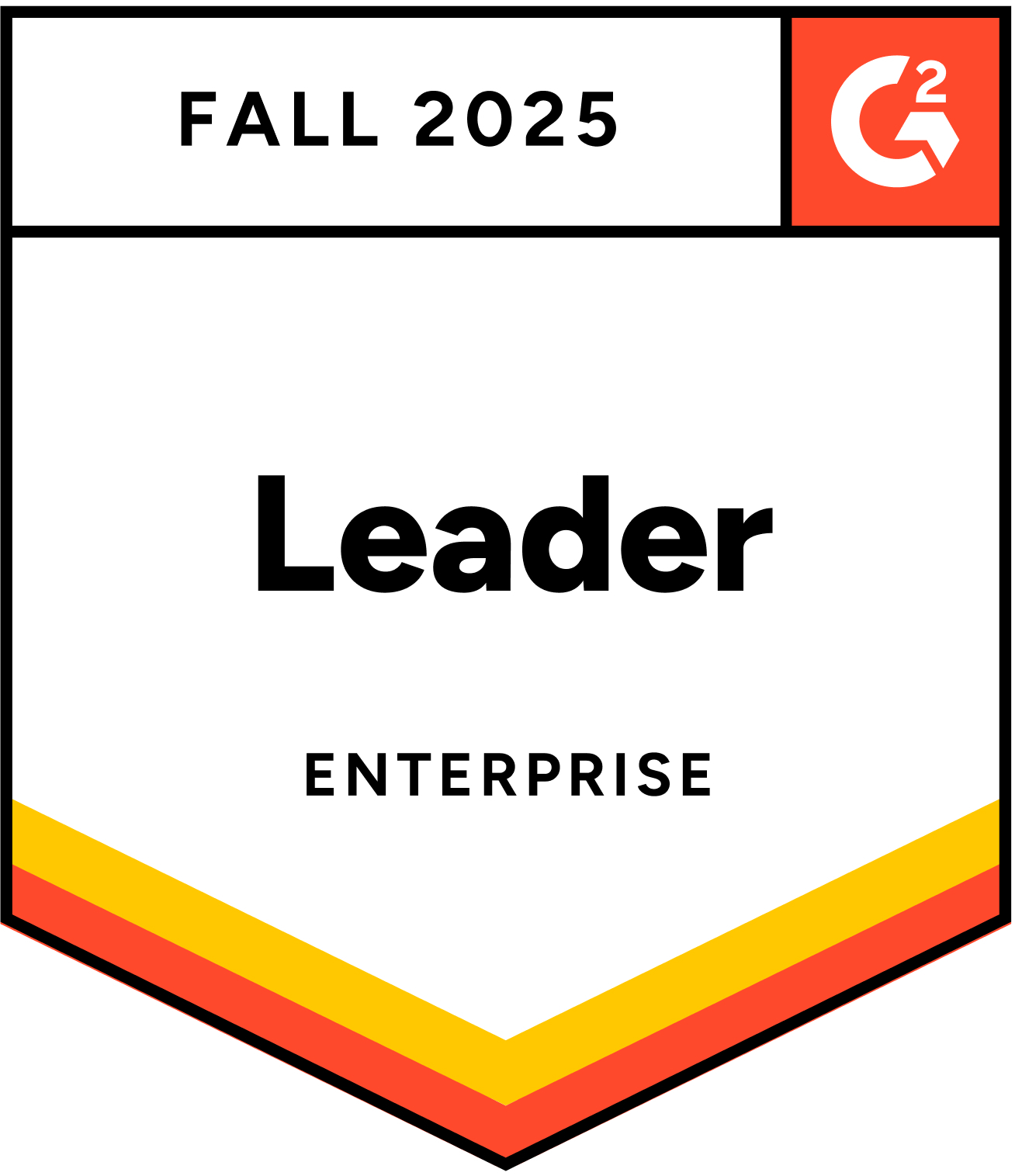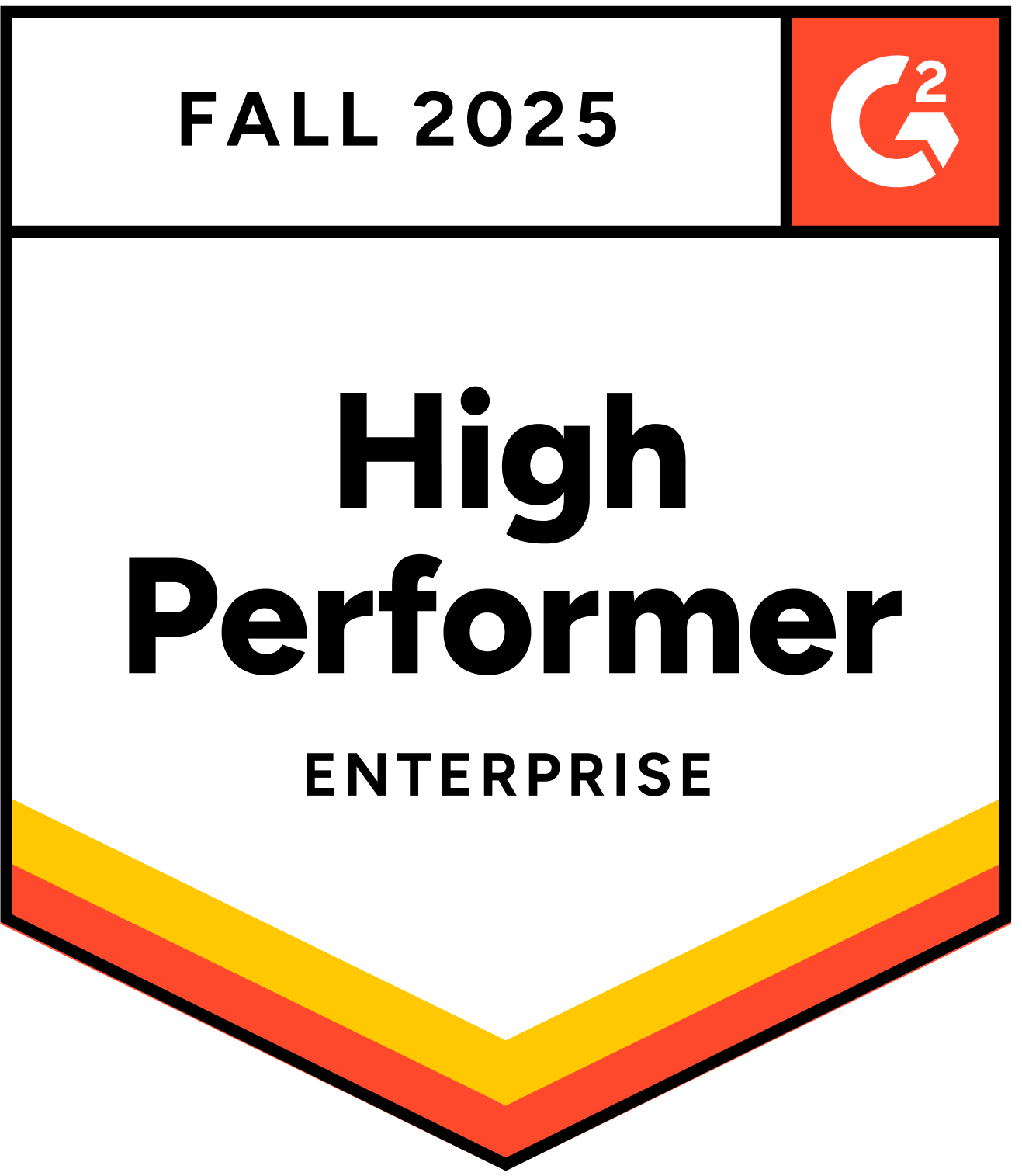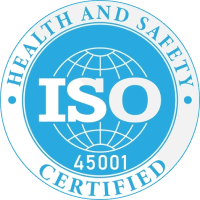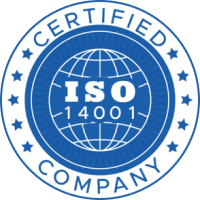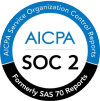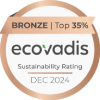Introduction
Welcome to Hire We Go!, the show where we get to the heart of what’s happening in talent acquisition. We’re diving into the strategies and solutions that are transforming how companies find, attract, and engage with top talent. In this episode of Hire We Go!, Ashlie Collins, Director of Solutions at Joveo, sits down with staffing industry veteran William Tincup of WRKdefined. They explore how talent acquisition is evolving through the lens of people, process, and technology-highlighting the critical balance between automation and human touch in recruiting today.
Ashlie Collins:
Hello and welcome to Hire We Go! where we’re chatting all things talent acquisition transformation. Whether you’re an HR vet or someone who’s simply fascinated by how to find, attract, and engage talent, you are in the right place. I’m your host and Director of Solutions here at Joveo, Ashlie Collins, and joining us today is William Tincup of WRKdefined. Thank you so much for joining us today, William! Why don’t you kick things off by telling us a little bit more about yourself and WRKdefined.
William Tincup:
I decided to introduce myself this way. Think of a person that stays in an industry for 25 years. And because that person is on the bipolar spectrum, if you will, it’s called hypermania, if you really want to get into it …hypomania. I don’t have a filter. I’ve lived a very colorful life because I grew up in the 80s. So if you have somebody that’s been in automotive or in convenience stores or food service and they’re a character – that’s me, but for HR tech, which includes both the practitioner side of recruiting and HR and the technology that serves them. So think of a person that’s just stayed in a place for a long time. That’s me!
Ashlie Collins:
I love that. I can join you in this “staying in a place for a long time”.
Ashlie Collins:
I’m curious to get your take from a people, process and tech perspective. How do companies decide what needs to be automated, augmented and/or humanized in recruiting? And I got a cheeky second question to tie in here. And how often do they need to rethink these things?
William Tincup:
Right. So out of the three, you can do three P’s, if you do people-process-people, or, people-process-product and you can make it to three P’s, maybe even publish a book. Anyhow, there’s layers to those three.
There’s ones that are more important. People think of them as equal. No, we got to them all right. No, you don’t. You’ve got to get process right. You’ve got to nail process and then train people. Your people on that process and then you can go get tech. And the way that you can prove this to yourself really easy is you can put inferior technology on a superior process and it works. You cannot do the reverse. You cannot put an inferior product on a.. a superior product on an inferior process and it works. So you’ve got to make sure that as a practitioner, especially if you’re leading, you get everybody on the same page. There’s three of these.
We spend a dis.., I mean, an inordinate amount of time, disproportionate amount of time, trying to find the tech, the product. And, that’s a waste of time. We should be focused mostly on process. What is our process? And then you’ll get the product. They’re out there. So, and then what was the second part of your question? Sorry.
Ashlie Collins:
Yes, how often do folks need to be rethinking things?
William Tincup:
Well, I used to say 18 months, pre AI, because you could, you had enough time to kind of layer it and listen to people and kind of fix things that got a little bit off sideways or stuff like that. With AI, I think it’s more like 6 months because of the speed of change for everybody. Candidates, hiring managers, recruiters, everything’s changing for them so fast. I think you have to revisit your process that fast.
Ashlie Collins:
Do you think that’ll ever accelerate to like 3 months? What do you think?
William Tincup:
Yeah, yeah. Once they do, once they fix, once they solve the problem for quantum computing and they can cool the machine down, it’s going to take AI and make that like nothing. So yeah, it’s just going to be one of those deals with another kind of huge technological breakthrough, which we don’t know if it’s this year or 40 years from now. No one knows when that’s going to happen, but when it happens. It will change the game again. But with AI, generative AI, agentic AI, and machine learning, I think you could see it creep closer to three months. A lot of it is just listening to people. Listening to the hiring managers, how’s everything going? Recruiters, candidates, if you’ve got your ear to the ground, you’re listening to them, you’ll find out what’s broken. And that ticket system, if you will, if you think of it like that, if that thing starts ramping up, you’ve got to revisit your process. You’re touching in and listening to them, then maybe you can extend it to nine months or 12 months or hell, even 18 months, if your process is that good.
Ashlie Collins:
Yeah. And I think I like that, that entire concept. I was in a meeting last week and we had our Chief Architect out with us and we were kind of, a lot of what you talked about came up, like how quickly things are changing, how much you need to, you know, where we used to solve for problems that are five years away. Now we’re solving for problems that are 15 months away. And he said something that really stuck with me and I think it applies to what you’re saying. It’s like, we don’t…The problem isn’t like solving problems, right? As a tech provider, we can solve problems. The problem is picking the right problem to solve. We have a problem picking problem!
William Tincup:
100%. Well, and it almost becomes, so you do this, this is the like observational research where you’re sitting at the end of the ketchup aisle and you look at somebody and they kind of look at a couple different, and then at one point they throw one of them in their basket, but you don’t know why. You know they did it, but you don’t know why.
And so this, when problems, let’s say from a technological perspective, this is on the roadmap. Well, everything’s on the roadmap, right? Cloning chickens is on the roadmap. You know, everything’s on the roadmap. That’s just how that goes. Do you have it? No, no, it’s, you know, it’s on the roadmap. All right. If you listen to your customers, you’ll get 50% of what needs to be on the roadmap. You won’t get it all because they can’t conceive of the things that they need.
In large parts, they can’t articulate it to you. And so you look at the problems and you’re like, okay, you’ve got to, your product team’s got to go and get the customer advice. Check. That’s important. Maybe look at competitors. Check. That’s good. And then at one point go, okay, what’s the biggest problem? Let’s go solve that one and then just start working down the list.
Ashlie Collins:
And to your point, if they can map out their process, we can spot the problem. So I think there’s so much that that ties into.
William Tincup:
But right now, if you just solve for your customers, if you just solve, we got to get to response times because these candidates, especially with half of millennials, Gen Z and Gen Alpha, their attention span is they look at it, they’re interested in it. And that’s their moment of attention. If you don’t strike that fast, you’ve already lost them. They’re gone. So that’s not a bad thing. That’s not an attack on the different generations. That’s just the way the world works. It’s just the way it is. No, no hate. No, no hate on that. It’s just, you’ve got to capture that moment of attention. And so how fast can you capture that moment of attention and then do something with it?
William Tincup:
Here’s a random idea. I want candidates to actually help us with the sourcing. So riddle me this, Why has it ever been so hard to source candidates? Because they hide. They don’t make it easy. So like, well, could we just.. magic wand?
You don’t have to take the opportunities. You know, I mean, that’s the thing it’s like, you can always say, no, I love the…, it’s a cool gig. I’m just not in a place. I can’t move to Alaska. You know, one of those types of bits.
Ashlie Collins:
I love that. I feel a psychology rabbit hole that I’m going to be going down in the future. But in the meantime, thank you so much for joining us today, for sharing your insights, and thank you all for tuning in. And we will catch you next time!
Conclusion
And that’s a wrap on this episode of Hire We Go! This rich dialogue reminds us that the fundamentals of recruitment – people, process, and technology- are evolving rapidly but remain intertwined. Process discipline feeds quality technology and empowers people to focus on what matters most: connecting and solving the right problems to attract the right talent. Thanks for joining us on Hire We Go! – until next time, keep hiring smarter.
